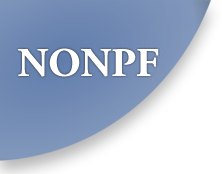Interprofessional Education in Shared Decision-Making:
Objective: To identify barriers and facilitators to interprofessional SDM implementation and to appreciate how SDM can improve nurse practitioner’s clinical practice and patient-centered outcomes.
Methods: Semi-structured interviews were conducted with nurse practitioners in an interdisciplinary post-graduate fellowship. Interviews were recorded, transcribed and themes were extracted. The barriers identified include time constraints, understanding of each professional roles, and lack of formal training in school. The facilitators identified include dedicated time with senior clinicians, improved patient satisfaction/knowledge, and appropriate use of healthcare colleagues.
Conclusion: The findings of the qualitative study strongly suggest that there is value in interprofessional SDM in post-graduate training programs. This could facilitate nurse practitioner graduates to contribute to the clinical team in delivering high quality patient-centered care. NPs will help patients become further engaged in their care which will in turn improve health outcomes and the proper use of healthcare resources.

